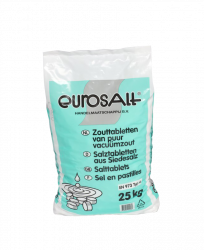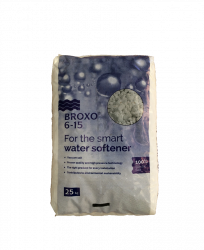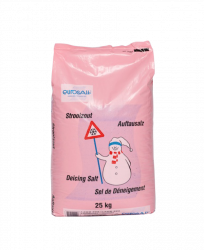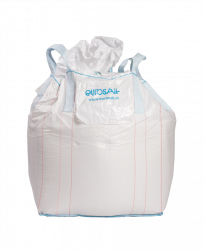Salt in France
France, officially the French Republic (French: République française), is a country in Western Europe and the third largest European country in terms of surface area. France lies between the English Channel, the Atlantic Ocean and the Bay of Biscay (to the west), Belgium and Luxembourg (to the north), Germany, Switzerland and Italy (to the east) and Spain, Andorra, the Mediterranean and Monaco (to the south). The island of Corsica in the Mediterranean also belongs to France, as do many overseas territories. France claims a part of Antarctica: Adélieland.
Including overseas territories, the country has a surface area of 674,843 km² and a population of approximately 65.4 million (January 2010).[5] France, because of its hexagonal shape also called l'Hexagone, is by surface the largest country within the European Union. The capital is Paris, which is also the country's largest city.
Since the Treaty of Verdun in 843, France, which owes its name to the Franks, has had some continuity in its history as an administrative and cultural unit. This makes France the oldest remaining geopolitical factor in European power relations. Since the Peace of Nijmegen in 1678, the country's borders have been fairly fixed and coincide to a large extent with natural borders.
Road salt is also a generally accepted de-icing agent in France. It lowers the freezing point of water. The salt (almost always sodium chloride, NaCl, sometimes calcium chloride, CaCl2) mixes with the water present (ice or snow) to form brine. Because brine has a lower freezing point than water, it will freeze less quickly so that less slipperiness occurs. After sprinkling salt, there must be sufficient traffic to get a good mixture. Brine is a mixture of water and salt. When a substance is dissolved in water, the freezing point of the solution drops. For example, if water contains 1 molal of sodium chloride, the freezing point will be lowered by about 1.86°C. The freezing point reduction can be calculated using cryoscopic constant. At lower and lower temperatures sodium chloride becomes less effective. To still melt ice, calcium chloride can be used, which is however much more expensive.
Wet salt in France
Nowadays wet salt is mostly used. In that case, the spreading machine is equipped with liquid tanks (usually on the side), in which pre-mixed brine is stored. The dry salt is mixed with brine before it is released, where the salt grains clump together. The advantage of this is that the mixture is more homogeneous than dry salt, allowing it to be scattered much more accurately. In addition, much less dust is created behind the spreader. It is therefore possible for the spreader to drive faster, up to 70 km/h (against a maximum of 40 km/h with dry salt spreading). Wet salt also adheres better to the road surface due to crystallization and because wet salt blows less quickly, it is also suitable for preventive spreading.
Effects of brine in France
Spreading salt is not without risk. For example, car bodies need to be well protected against oxidation because brine reacts strongly with metals.
Another influence is the salinization of the soil next to the road, which affects the flora's environment. For example, salt-loving plants, such as English grass, can be found along many roads, far from the coasts where they are normally found.
However, due to increasingly sophisticated equipment and new techniques, such as wet salt spreading, the accuracy with which the salt is brought onto the road has been greatly increased in recent years, which has resulted in a lower environmental impact. Not only is the dosage used a lot lower than before (often only 10 g/m2 is spread), also much less is spread on the verge.




